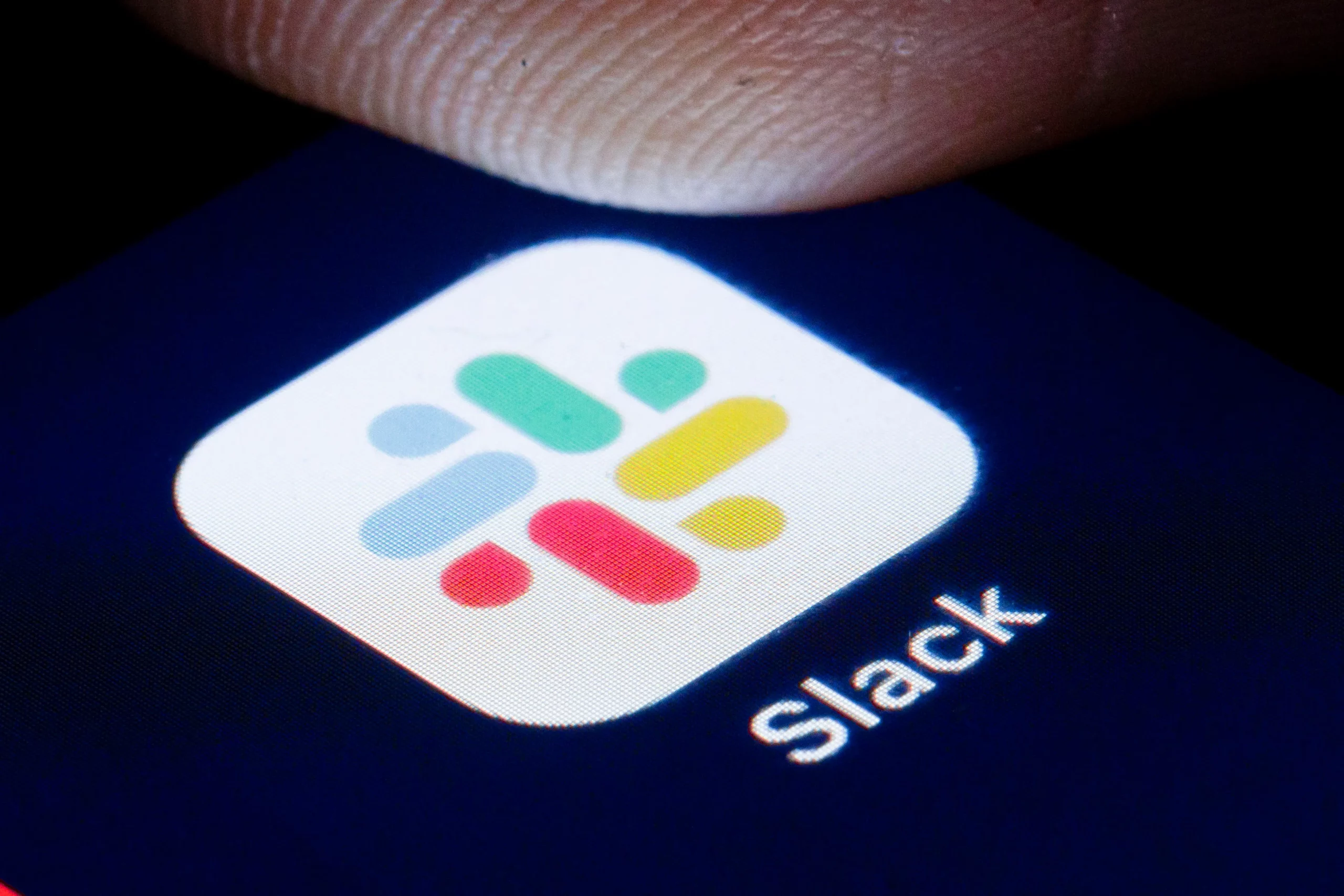
Slack, owned by Salesforce, is at the center of a heated debate over its use of customer data in AI applications, prompting a swift promise to update its privacy policies amid growing user discontent.
The controversy ignited shortly after Slack introduced its AI feature in February, revealing a potential mismatch between the company’s privacy claims and its actual data practices. Slack’s documentation has traditionally stated that AI and machine learning (ML) technologies are only employed to “enhance our product mission,” which involves analyzing customer data such as messages, content, and files.
However, the Slack AI webpage assures users, “Work without worry. Your data is your data. We don’t use it to train Slack AI.” This apparent contradiction has not only confused users but also sparked a backlash demanding more transparency and clearer policies.
Engineer and writer Gergely Orosz was among the first to challenge Slack’s statements publicly. In a post on Threads, Orosz called out a blog by Slack engineer Aaron Maurer, who claimed that Slack’s LLMs are not trained on customer data. Maurer admitted that the company’s policy might need a revamp to better explain how it interacts with Slack AI. Orosz was quick to highlight that the current policy terms potentially allow the very actions that Slack claims to avoid. “A blog post is not the privacy policy: every serious company knows this,” he wrote, signaling deeper industry concerns about privacy standards and corporate accountability.
Slack to Clarify Data Use Policy
Responding to the uproar, a Salesforce spokesperson revealed that Slack is set to revise its privacy principles today. The updated policy will clearly state that Slack does not develop or use customer data to train LLMs or other generative models, ensuring that “customer data never leaves Slack’s trust boundary, and the providers of the LLM never have any access to the customer data.”
Despite these forthcoming clarifications, the initial response on social platforms and tech forums like Hacker News was overwhelmingly critical. Users expressed frustration over being opted into data sharing by default, with many calling for an easier opt-out process.
Rather than providing a simple opt-out button, Slack has instructed customers to follow a specific protocol involving direct contact with the company. Users are required to use a designated subject line and contact Slack directly to request exclusion from data sharing.

The situation reached a boiling point when Corey Quinn of Duckbill Group aired his grievances on X, leading SlackHQ to explain that customer data could be excluded from training even the non-generative ML models. However, the process to opt out—requiring direct contact with Slack’s customer experience team—was criticized for its lack of simplicity and transparency.
Slack’s privacy policy and terms have raised concerns regarding compliance with the European Union’s General Data Protection Regulation (GDPR), which mandates explicit and informed consent for data collection.
Reports from The Stack indicate that none of Slack’s legal documents explicitly mention AI or ML, despite these technologies being in use since 2016. This omission could pose significant challenges as more customers opt out and regulators scrutinize the consent model. The GDPR requires a clear opt-in for data collection, a standard seemingly at odds with Slack’s practices.
Additionally, Slack’s promise to align its features with GDPR commitments appears unfulfilled, especially after the launch of Slack AI, raising potential compliance issues.
Related News:
Featured Image courtesy of Thomas Trutschel/Photothek via Getty Images
